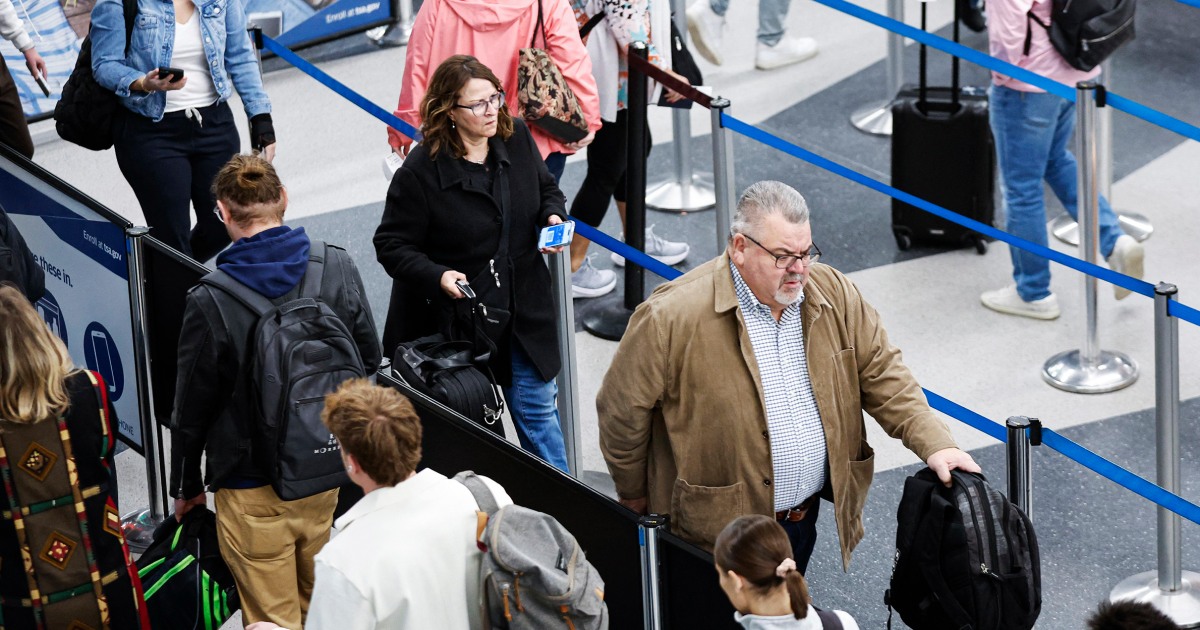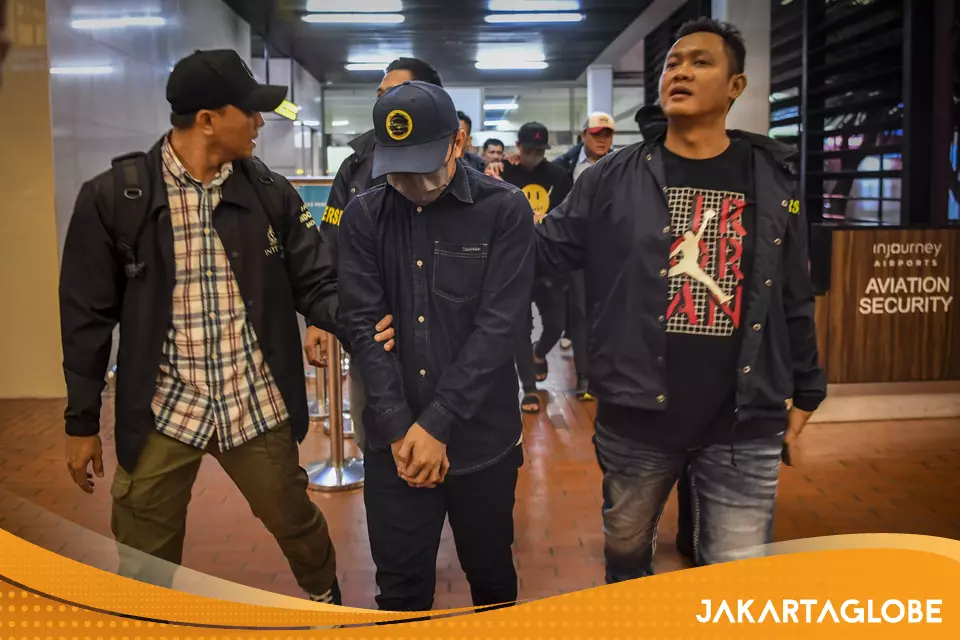Bussiness
San Diego expands language access with new translations of council business
San Diego’s steadily increasing diversity has prompted city officials to make summaries of City Council meetings available in Arabic, Spanish, Tagalog, Korean, Chinese, Japanese, Laotian and Vietnamese.
The translated summaries, which had been available only in English before the new program started this month, list each item the council is scheduled to consider with a one- or two-sentence description.
But the summaries don’t include the much longer and more in-depth staff reports, PowerPoints and other supporting documents that the city provides for most agenda items.
And translated summaries are available only for meetings of the full council, not for meetings of the council’s many committees or other city boards and panels, such as the San Diego Planning Commission.
City Clerk Diana Fuentes said the goal is to enhance accessibility and engagement.
“By providing these translations, we hope to make our meetings more inclusive and accessible for all,” Fuentes said. “I am committed to ensuring that all members of our community have the opportunity to engage with their City Council.”
Fuentes, who took over for longtime City Clerk Liz Maland in early 2023, said she has relied on her bilingual staff and professional translation services to ensure that the summaries are clear and understandable.
In a related effort to help San Diegans understand how their city government operates, Fuentes has added a glossary of terms commonly used at council meetings.
The 11-item glossary defines meeting minutes, adjournment, consent agenda, proclamation, ordinance, resolution, non-agenda public comment and other terms.
Like the agenda summaries, the glossary is also translated into the same eight languages.
“We recognize that clear communication is vital for effective civic engagement,” Fuentes said. “This new resource will help bridge language barriers and provide our residents with the information they need to participate fully in local government.”
Originally Published:









